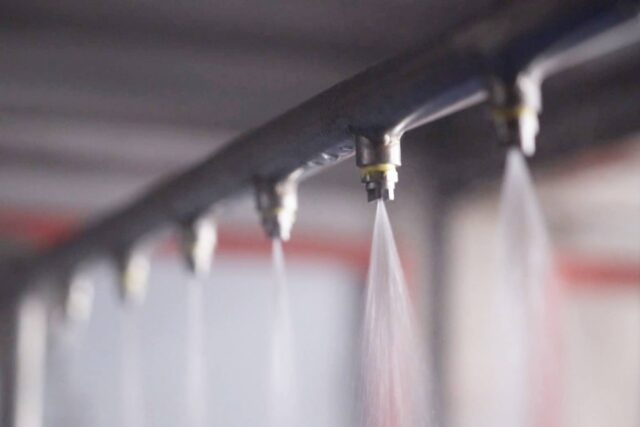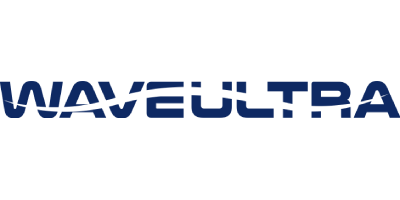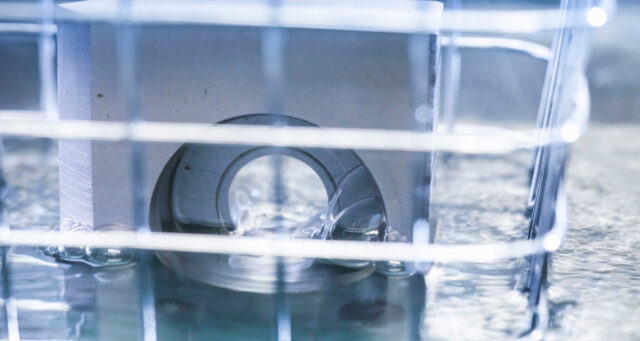Exploring Various Precision Cleaning Methods vs. Ultrasonic Cleaning
In today’s industrial and manufacturing landscape, cleanliness and precision are paramount. From removing surface contaminants to ensuring optimal performance of components, there’s a myriad of precision cleaning methods available. Let’s delve into some of the most prominent ones and discuss their applications, pros, and cons.
High-pressure jet Cleaning
High-pressure jet Cleaning utilizes pressurized water or cleaning solutions to dislodge and remove contaminants from surfaces.
-
- Application
Used to effectively dislodge and clear away for removing tough dirt, grease, grime, welding residue, scale, and sand deposits.
- Application
-
- Pros
Effective for rapid cleaning of large areas, offering efficiency and versatility.
- Pros
-
- Cons
Can potentially damage delicate surfaces and also one should consider the environmental impact of collecting and treating wastewater generated during high-pressure cleaning.
- Cons

Vapor Degreasing
Vapor Degreasing involves using solvent vapors to dissolve and remove oils, greases, and contaminants from metal parts.
-
- Application
Commonly employed in metalworking industries for precision cleaning of components before assembly or coating.
- Application
-
- Pros
Offers fast processing times and thorough removal of contaminants, especially effective for intricate parts.
- Pros
-
- Cons
Requires careful handling of solvents due to health and environmental concerns.
- Cons
Plasma Cleaning
Plasma Cleaning utilizes plasma (ionized gas) to clean and activate surfaces by removing organic contaminants and creating reactive surface chemistry.
-
- Application
Widely used in semiconductor, electronics, and medical device manufacturing for surface modification and cleaning.
- Application
-
- Pros
Provides precise and uniform cleaning without the need for harsh chemicals, promoting surface adhesion.
- Pros
-
- Cons
Equipment can be expensive and may require specialized training for operation and maintenance.
- Cons
Laser Cleaning
Laser Cleaning utilizes laser energy to remove contaminants and coatings from surfaces through vaporization or thermal ablation.
-
- Application
Suitable for delicate surfaces and intricate components in aerospace, automotive, and conservation/restoration industries.
- Application
-
- Pros
Offers precise and selective cleaning without damaging underlying materials, leaving no residue.
- Pros
-
- Cons
Initial equipment costs can be high, and safety precautions are essential due to the potential for laser beam hazards.
- Cons

Cryogenic Cleaning
Cryogenic Cleaning involves blasting surfaces with dry ice particles or liquid nitrogen, causing contaminants to shrink and crack, facilitating their removal.
-
- Application
Effective for cleaning machinery, molds, and electrical components, as well as removing residues in food processing.
- Application
-
- Pros
Non-abrasive and environmentally friendly, leaving no secondary waste or residue.
- Pros
-
- Cons
Equipment and operational costs may be higher compared to traditional cleaning methods.
- Cons
Microblasting
Microblasting utilizes fine abrasive particles propelled by compressed air to remove contaminants and coatings from surfaces.
-
- Application
Used for precision cleaning of small components, deburring, and surface preparation in industries like aerospace and medical device manufacturing.
- Application
-
- Pros
Offers precise control over cleaning parameters and can reach tight spaces.
- Pros
-
- Cons
Abrasive media may cause surface damage or embedment if not controlled properly, requiring careful operation.
- Cons
Electrochemical Cleaning
Electrochemical Cleaning relies on the application of an electric current and chemical solution to remove contaminants through oxidation or reduction reactions.
-
- Application
Commonly used for removing rust, scale, and oxides from metal surfaces in industries such as automotive and marine.
- Application
-
- Pros
Can be highly effective for restoring corroded or tarnished surfaces, extending component lifespan.
- Pros
-
- Cons
Requires proper waste management due to the generation of chemical by-products and potential environmental hazards.
- Cons
Chemical Vapor Deposition (CVD)
Chemical Vapor Deposition technique where reactive gases are used to form a thin film on a substrate surface through chemical reactions.
-
- Application
Widely utilized in semiconductor, optics, and thin-film coating industries for depositing materials like silicon, carbon, and metal oxides.
- Application
-
- Pros
Enables precise control over film thickness and composition, offering excellent conformity and uniformity.
- Pros
-
- Cons
Complex setup and operation, as well as potential safety risks associated with handling hazardous gases.
- Cons
Conclusion: The Superiority of Ultrasonic Cleaning
As manufacturers who are navigating the intricacies of cleanliness and precision, it’s imperative to carefully assess the nature of the surfaces, the types of contaminants, and the desired outcomes. Hence, we urge you, whether you’re in the realms of industrial manufacturing or precision engineering, to embark on a journey of exploration and discovery. Evaluate your cleaning needs with diligence, embrace innovation, and select the method that aligns seamlessly with your objectives. In the end, it’s not merely about cleanliness—it’s about precision, efficiency, and achieving excellence in every endeavour.
Feel free to connect with our team for a comprehensive understanding of the intricacies behind ultrasonic cleaning.



